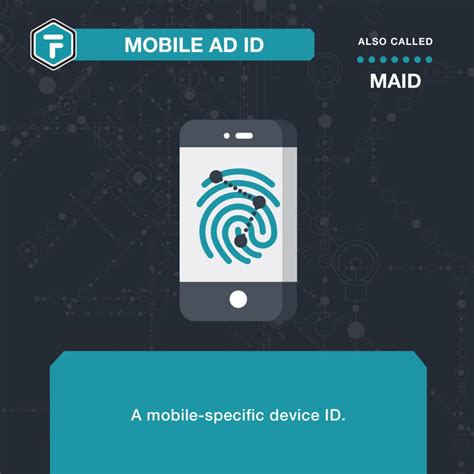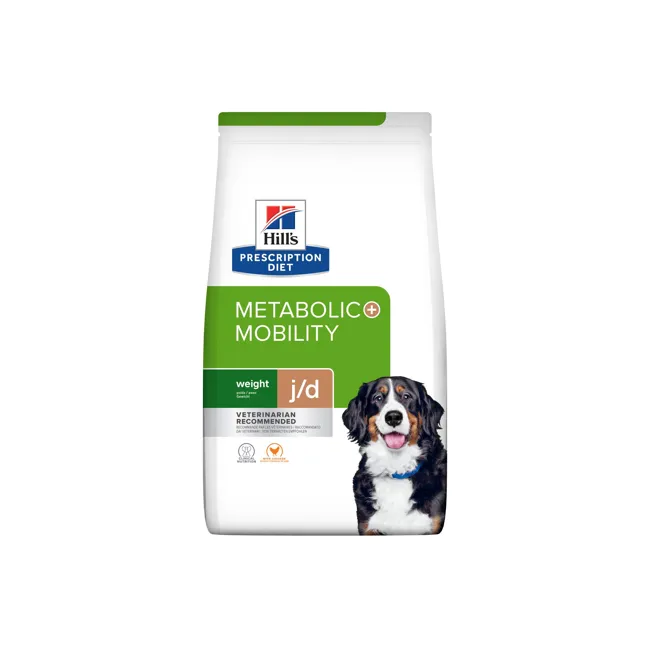5 Mobile Ad ID Tips

The rise of mobile devices has revolutionized the way we interact with digital media, and mobile advertising has become a crucial component of any marketing strategy. At the heart of mobile advertising lies the Mobile Ad ID, a unique identifier assigned to each device, allowing advertisers to track user behavior, deliver targeted ads, and measure campaign effectiveness. However, navigating the complexities of Mobile Ad IDs can be daunting, especially with the evolving landscape of privacy regulations and technological advancements. Here, we will delve into five key tips for effectively utilizing Mobile Ad IDs in your mobile advertising endeavors.
Key Points
- Understand the basics of Mobile Ad IDs and their role in advertising
- Implement appropriate tracking and analytics to maximize ad effectiveness
- Ensure compliance with privacy regulations and guidelines
- Leverage Mobile Ad IDs for cross-device tracking and personalized advertising
- Stay updated on industry trends and technological advancements affecting Mobile Ad IDs
Understanding Mobile Ad IDs

Mobile Ad IDs, such as the Identifier for Advertisers (IDFA) on iOS devices and the Google Advertising ID (GAID) on Android devices, are designed to provide a way for advertisers to deliver targeted and relevant ads to mobile device users. These IDs are unique to each device and can be reset by the user, offering a level of control over their advertising experience. Understanding how these IDs work and their limitations is crucial for developing an effective mobile advertising strategy.
Implementing Tracking and Analytics
Effective use of Mobile Ad IDs requires the implementation of robust tracking and analytics tools. These tools enable advertisers to monitor user behavior, from initial ad exposure to conversion, allowing for the optimization of ad campaigns based on real-time data. For instance, by using Mobile Ad IDs, advertisers can identify which ads are most effective at driving conversions and adjust their budgets accordingly. It’s also important to consider the integration of these tools with existing marketing systems to ensure a unified view of customer interactions across all touchpoints.
| Ad Platform | Mobile Ad ID | Description |
|---|---|---|
| iOS | IDFA | Identifier for Advertisers, used for tracking and advertising on Apple devices |
| Android | GAID | Google Advertising ID, used for tracking and advertising on Android devices |

Privacy and Compliance

With the increasing focus on user privacy, advertisers must ensure that their use of Mobile Ad IDs complies with relevant regulations such as the General Data Protection Regulation (GDPR) in the European Union and the California Consumer Privacy Act (CCPA) in the United States. This includes providing clear notice to users about data collection practices, obtaining necessary consents, and respecting user choices regarding ad tracking. Non-compliance can result in significant fines and damage to brand reputation, underscoring the importance of prioritizing privacy in mobile advertising strategies.
Cross-Device Tracking and Personalization
One of the challenges in mobile advertising is attributing user behavior across multiple devices. Mobile Ad IDs can be used in conjunction with other identifiers and technologies, such as probabilistic matching, to enable cross-device tracking. This allows advertisers to deliver personalized ads that reflect a user’s behavior and preferences across different devices, enhancing the advertising experience and improving campaign effectiveness. However, this must be done in a manner that respects user privacy and complies with relevant regulations.
Staying Ahead of Industry Trends
The mobile advertising landscape is constantly evolving, with advancements in technology and changes in user behavior influencing how Mobile Ad IDs are used. For example, the introduction of App Tracking Transparency (ATT) by Apple, which requires apps to obtain user consent before tracking them across other apps and websites, has significant implications for advertisers relying on Mobile Ad IDs. Staying informed about these developments and adapting strategies accordingly is essential for maintaining a competitive edge in mobile advertising.
What is the primary purpose of Mobile Ad IDs in advertising?
+The primary purpose of Mobile Ad IDs is to enable advertisers to deliver targeted ads to mobile device users, track user behavior, and measure the effectiveness of ad campaigns.
How do changes in privacy regulations affect the use of Mobile Ad IDs?
+Changes in privacy regulations, such as the introduction of consent requirements for tracking, can significantly impact how Mobile Ad IDs are used. Advertisers must ensure they comply with these regulations to avoid fines and maintain user trust.
Can Mobile Ad IDs be used for cross-device tracking?
+Yes, Mobile Ad IDs can be used in conjunction with other technologies to enable cross-device tracking, allowing for the delivery of personalized ads across multiple devices. However, this must be done in compliance with privacy regulations.
In conclusion, Mobile Ad IDs are a powerful tool in the arsenal of mobile advertisers, offering the ability to deliver targeted, personalized ads and measure campaign effectiveness. However, their use must be approached with a deep understanding of the underlying technology, respect for user privacy, and compliance with evolving regulatory requirements. By embracing these challenges and opportunities, advertisers can unlock the full potential of mobile advertising and forge deeper, more meaningful connections with their audience.



